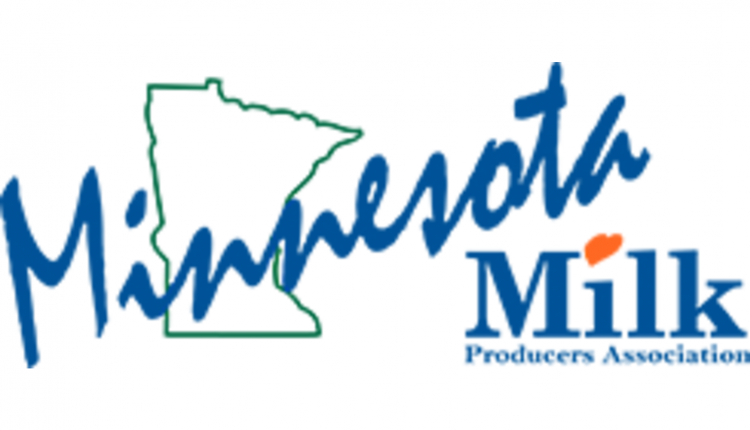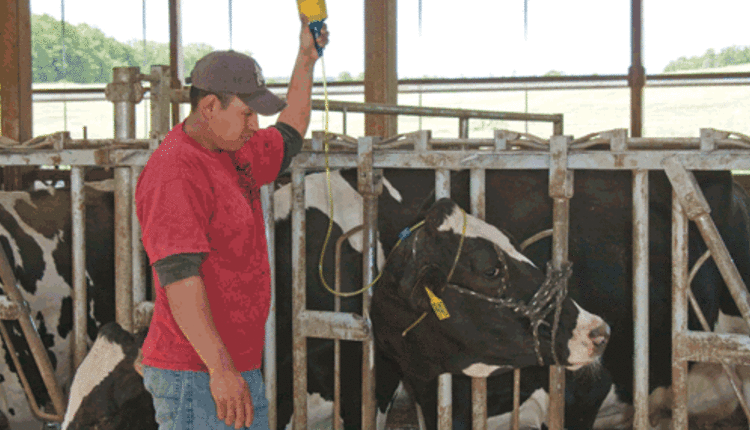The author is owner of Country Roads Veterinary Services, Ashland, Ohio. This article is part of a series being prepared Ashland, Ohio. This article is part of a series being prepared Practitioners.
Protocols ensure sick animals get relief and return to production soon.
Also, they help protect your farm and your veterinarian.

We are all part of the food industry . . . producers, veterinarians, extension personnel, government regulators, academic researchers, feed distributors, and animal health companies. Milk and meat are our products, but we work with the animals . . . living beings that require care and management to optimize their production, keep them healthy, and ensure their welfare. Our tools include medications to enhance their effectiveness and the safety of the food they produce.
Many years ago, if there was a sick animal on the farm, the veterinarian was called to treat that animal, and then follow-up instructions were given to the owner. Today, owners and employees often are treating animals without direct veterinary involvement. Although this does reduce veterinary expense, your veterinarian also wants you to diagnose and treat the condition in that individual animal properly when he/she is not attending to that animal she is not attending to that animal personally. Therefore, the primary objective of the treatment protocol is to help guide your farm's team in treating health conditions in cattle properly under the indirect guidance of the prescribing veterinarian.
Read more on Page 53 of Hoard's Dairyman's January 25, 2011 issue.
Protocols ensure sick animals get relief and return to production soon.
Also, they help protect your farm and your veterinarian.

We are all part of the food industry . . . producers, veterinarians, extension personnel, government regulators, academic researchers, feed distributors, and animal health companies. Milk and meat are our products, but we work with the animals . . . living beings that require care and management to optimize their production, keep them healthy, and ensure their welfare. Our tools include medications to enhance their effectiveness and the safety of the food they produce.
Many years ago, if there was a sick animal on the farm, the veterinarian was called to treat that animal, and then follow-up instructions were given to the owner. Today, owners and employees often are treating animals without direct veterinary involvement. Although this does reduce veterinary expense, your veterinarian also wants you to diagnose and treat the condition in that individual animal properly when he/she is not attending to that animal she is not attending to that animal personally. Therefore, the primary objective of the treatment protocol is to help guide your farm's team in treating health conditions in cattle properly under the indirect guidance of the prescribing veterinarian.
Read more on Page 53 of Hoard's Dairyman's January 25, 2011 issue.









